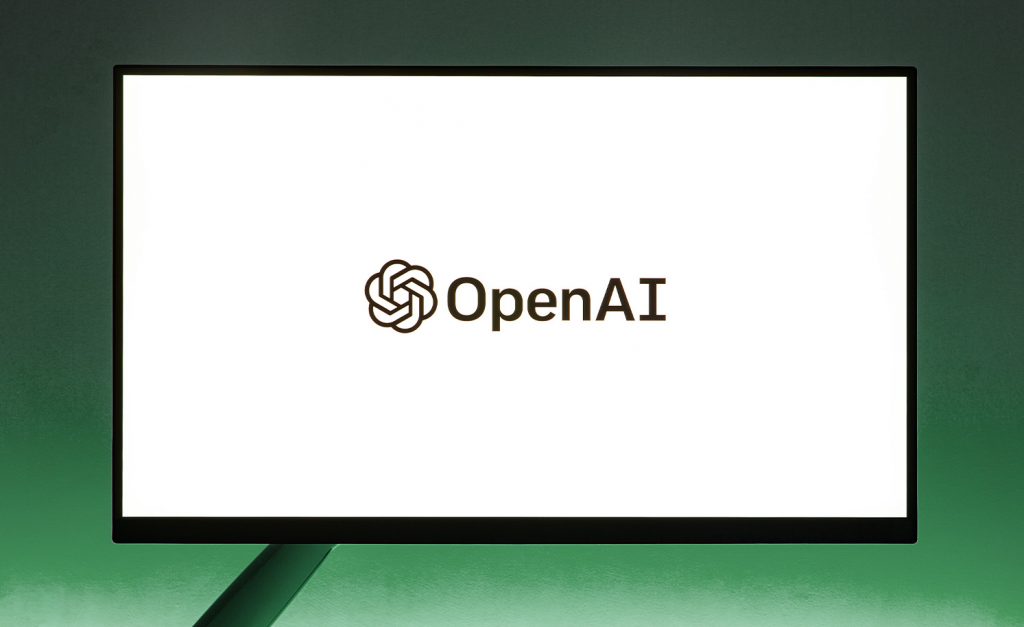I’m not enjoying getting older. It has too many downsides. However, beyond the creaking bones and increasing forgetfulness, it does have its compensations. One that is rather unexpected is that these days I am drawn towards seeking out different views and opinions to gain a broader perspective on the world. When I was much younger, I’d find myself too often anchored in conventional viewpoints and perspectives, shying away from what might seem outlandish. Too straight-jacketed by the things around me, perhaps I felt somewhat confused or threatened by anything quirky or different to the norm.
Now with the benefit of experience, I welcome broader discussions and actively seek out those with different interpretations or alternative narratives to describe what they see in front of them. In this way I am challenged to work harder to see the world through someone else’s eyes. That’s always important. But adopting this more open stance is particularly useful in today’s digital world. We are living through a particular time of flux. In light of so many sources of change, making sense of the pressures we face is a constant battle. Opening up to new ideas is essential.
This is one of the reasons that I was pleased to recently come across the work of Jaron Lanier and his views on digital technology adoption and the impact of AI on society. Jaron is a well-known polymath who has played a significant role in the recent history of digital technology. As described in his Wikipedia entry, Jaron is “an American computer scientist, visual artist, computer philosophy writer, technologist, futurist, and composer of contemporary classical music”. He is perhaps best known for his work in Virtual Reality designing applications for headsets and other devices. In recent years he has been leading work in the research team at Microsoft.
Given his breadth of interests and experiences, it is no surprise that Jaron has a strong and thought-provoking perspective on the current digital transformation of business and society. Overall, his views on how we’re adapting to these changes can be referred to as a kind of “dismal optimism”. That is, while accepting the existence of several doomsday scenarios and recognizing general concerns for human displacement by technology, he sees hope for the future if we can marshal our efforts to dampen the worst excesses of big technology companies, authoritarian governments, and a host of bad actors. Unfortunately, in conversation it seems his confidence is not high that we’ll be able to achieve that goal. Particularly in response to current AI advances.
My AI is Not Your AI
Unsurprisingly with this background, Jaron has a very challenging and distinct view on the current surge of activity in AI, and how that can be understood in relation to previous digital technology advances. In fact, he doesn’t really believe that what we see today is an authentic form of artificial intelligence at all. Rather, he sees it as a clever way to create mash ups of artifacts created by humans. A dialogue between humans and machines to pull together existing materials to create a kaleidoscope of new views. In that sense, he believes that what we have now is better seen as a form of social collaboration: Human prompts guide algorithms to search and combine artifacts from libraries of curated materials.
To understand this view, it is useful to take a moment to place today’s investments in AI into perspective. As described by Cassie Kozyrkov, Google’s chief decision scientist, and others, we can see today’s euphoria around AI as a natural progression of three distinct phases in its history:
- Some years ago, the first wave of AI was developed by and for researchers. The discussions and debates taking place were interesting only to a select few as the purview of mathematicians, statisticians, and data scientists. Others tended to find the work obtuse and irrelevant. Consequently, it resulted in many interesting theoretical outcomes, but a lack of meaningful commercial success. A long and painful “AI winter” was the result.
- As computer hardware matured and became more affordable, AI became primarily a technology discussion about hardware advances (e.g., increased capacity to perform calculations and novel architectures for parallel processing) and software infrastructure (e.g., cloud-based service provision and streamlined data engineering stacks). Using this technology, AI saw greater success where massive computational power could be brought to bear in scenarios such as game playing and simulation. However, much of the conversation was aimed at technical engineers and IT teams sharing techniques to scale support for AI. The Big Tech solution that emerged were important, even if the wider business benefits of AI were openly questioned.
- In the latest phase of AI, the emphasis has been to make it accessible to end users through open tools with simple interfaces and low barriers to entry. Sophisticated data analysis and enhanced algorithms are widely available. Simple tools offer core capabilities with obvious applications with instant high appeal based on text and image manipulation. With the registration of over 100 million users in only 2 months, OpenAI has demonstrated that this drives strong demand for easily accessible ways to experiment with the technology and inspires experimentation, investment, and excitement..
Hence, the conclusion from Jaron and others is that the current wave of AI is about focusing on the people who use AI more than it is about technologies creating it.
In fact, Cassie Kozyrkov takes a much stronger line on current AI use. She makes the point that our current wave of AI is not just about making it accessible to users, it is also about recognizing a major shift in user expectations about AI. Moving the focus away from designing user interfaces to expose the technical capabilities of AI and toward easy access to simple AI services for end users has changed the parameters of success. End users are finding that it is the utility of the answers that AI tools deliver is critical. Consequently, in practice many people value a response they can readily use over additional time and effort spent verifying the accuracy and provenance of that response. With all the implications that this implies.
That Ship Called Dignity
We could look for a technical basis for this shift in expectations. However, perhaps we should look elsewhere. From Jaron’s distinct perspective, this latest wave of over-the-top enthusiasm for digital advances is a form of AI fetishism in which an irrational form of technology worship overtakes rationality. Building on this view, he makes his general perspective on AI very clear:
“My attitude is that there is no AI. What is called AI is a mystication, behind which there is the reality of a new kind of social collaboration facilitated by computers. A new way to mash up our writing and art.”
While others such as Kate Crawford have made similar comments about the lack of intelligence in much of today’s AI, Jaron takes the argument beyond a discussion of the mechanics and algorithms of AI to address the mythology behind a mis-guided vision of “machines that can think”. In essence, he challenges common attempts to compare acts of human intelligence with actions carried out by so-called “Artificial Intelligence”. As he says, it is rather like comparing the way a human runs to driving a car. Of course, a car can go faster. But we would not say that the car is a runner, or ever dream of concluding that human running has been made obsolete. Why would we make such a conclusion when we compare the processing that takes place in the technology behind an AI system to the decision-making that occurs in a human mind?
As a result, he prefers to describe much of today’s automation in terms of data-driven mash ups, requiring a great deal of care over how that data is harvested, managed, and reused. The basis for many of these BigTech solutions is to source data from across the Internet. His comments are founded on longer term concerns he has expressed about the way personal data is being reused (and exploited) by AI and other systems for commercial benefit.
Jaron’s concern for this approach, well-described in his 2018 article in Harvard Business Review, resulted in a call for greater “data dignity”: an acknowledgement of the need for open data marketplaces where originators and owners of data are fairly recompensed for their efforts. An important voice in a wider call-for-action that has been steadily increasing over the past decade.
Historically, the reliance on shared data has been essential. The rapid deployment of the Internet brought reliance on the WWW and a host of data-driven services. That success is a double-edged sword. On the one hand this has been the enabler for an emerging digital economy. On the other hand, the Internet has become a battleground for the management and control of data, particularly personal data. The exploitation of this data has many dangerous consequences, including what Shoshana Zuboff describes as “The Age of Surveillance Capitalism”.
Such concerns have led the original founder of the WWW, Sir Tim Berners-Lee to believe that Big Tech companies have too much power and control over data and have led the Internet astray. He is now focused on reinventing the WWW based on a new paradigm, expressed by Irene Ng and her team as “my data belongs to me”. From this view, individuals need to take back power from the big tech giants by recognizing that data is a currency. The Internet can support a new market in data to be created in which each of us can actively participate.
This view of greater “data dignity” and a more rational approach to AI adoption may seem rather idealistic. Certainly, some believe that ship has already sailed. Regardless, the views of Jaron Lanier and others are important because they challenge us place today’s activities into a broader context and to look at the world through different eyes. And that is essential no matter how old you are.
In the Eye of the Beholder
As interest in AI and its adoption continue to grow, a variety of different perspectives is emerging to challenge our views on how digital transformation is changing our world. Digital technology veterans such as Geffrey Hinton, Jaron Lanier, and Kate Crawford are adding their voices to this discussion, but not always in ways we expected. Opening up to these contrarian views is important. They challenge us to ask questions about what we mean by AI, how these critical technologies work, where they add value, and why they change our view of humanity.






